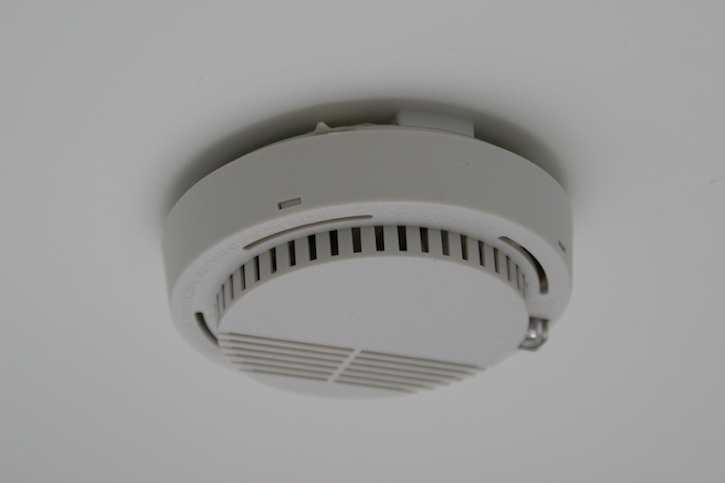Carbon monoxide is called the silent killer, but most homeowners in Canada aren’t required to install inexpensive life-saving detectors along with smoke alarms, says the Canadian Association of Fire Chiefs.
As of 2010, a national building code made it mandatory for new homes to be fitted with carbon monoxide detectors, but people in older dwellings should also be protected against the odourless and colourless gas that often kills people in their sleep, said Pierre Voisine, a director with the association.
“It’s very difficult for a community to try to enforce something that’s not mandated,” Voisine said. “Until that happens everywhere it’s very challenging.”
Voisine, who is the fire chief in Cornwall, Ont., said the suspected carbon-monoxide poisoning deaths of a family of four recently near Ashcroft, B.C., highlight the need for all homes, not just new ones, to have detectors.
READ: Carbon monoxide poisoning suspected in Venables Valley deaths
He said that in 2014, Ontario amended its fire code to require carbon monoxide detectors in new and old homes. The legislation was introduced following the 2008 deaths of a police officer and her family when a chimney in their Woodstock home was blocked.
At least 50 people in Canada die of carbon monoxide poisoning every year but there is no national database, Voisine said, adding the association is working toward collecting Canada-wide statistics to better address their concerns about the preventable deaths.
“We’re trying to work with the federal government to be able to manage that data and keep it up to date and current through Statistics Canada,” he said. “I think we’re a couple of years out for having it for the whole country.”
Raynald Marchand, general manager of the Canadian Safety Council, said carbon monoxide is produced any time fossil fuels are burned, such as in furnaces, stoves and fireplaces.
People exposed to fumes can have a headache or feel dizzy or nauseous but anyone who is sleeping is unlikely to wake up, he said.
Marchand said that in December 2014, a carbon monoxide detector in his home started beeping as he was experiencing a mild headache. He and his 17-year-old daughter left the home and later discovered a problem with their gas furnace, which had to be replaced.
People can end up in trouble with carbon monoxide when they use space heaters during winter or barbecues indoors after a power outage or when they fix a gas lawn mower in an enclosed space, such as a garage, Marchand said.
Len Garis, the fire chief in Surrey, B.C., said he believes the gas kills about 150 Canadians every year, based on about 13 deaths annually in his province alone.
The number of fire deaths has gone down significantly because of increased use of smoke detectors and the same could happen if people started installing carbon monoxide detectors, he said.
Some devices can be plugged into a socket while others are battery powered or used in combination with a smoke alarm.
“I would urge distributors and sellers of these devices to bring about some change in their marketing and only provide combination detectors,” Garis said. “That would be the fastest and I think the best, strongest message.”
Briana Koop of Saskatoon is grateful for the carbon monoxide detector that saved her family and her daughter’s friend, who was at their home for a sleepover when an alarm went off at 5 a.m. on a Sunday morning in January.
“We had all gone to bed and all of a sudden it let out a couple of shrill beeps and a voice was saying, ‘Danger, get out of the home,’ something like that,” she said.
“For sure our whole family would have been gone if that didn’t happen,” Koop said. “The thing that was really most haunting to me was picturing these friends coming to pick up their kid in the morning and finding all five of us in the home.”
Koop said that after the family was treated in hospital, her husband, Brian Koop, an electrician, installed detectors in all their family members’ homes and discovered two he replaced weren’t functioning.
“We had installed one because my husband’s house burned down when he was in high school and we’re very paranoid about fire alarms and detectors.”
Camille Bains, The Canadian Press
